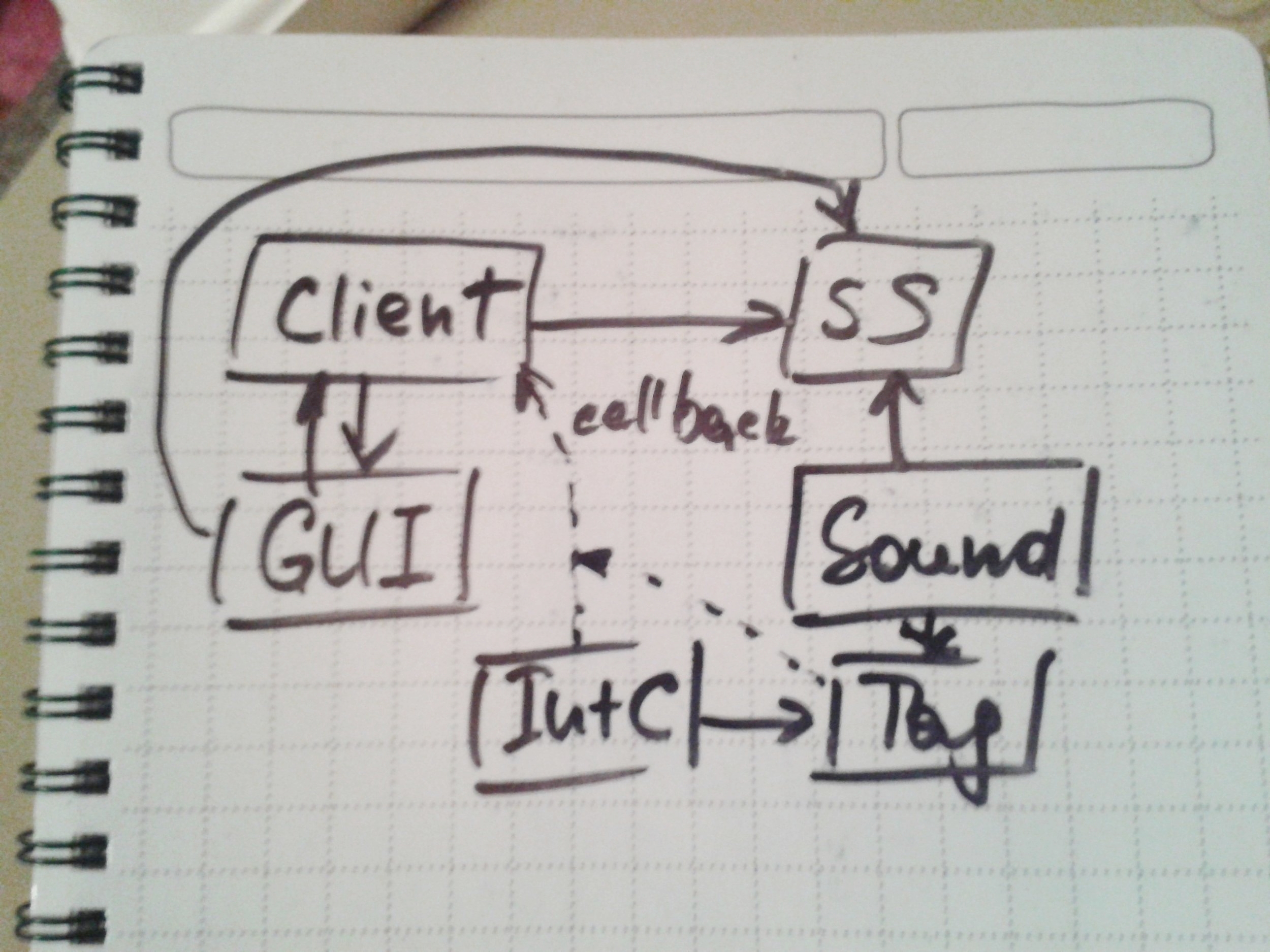Coven is the first proper faction to be included in RoH. If you haven’t seen the first draft suggested by revesvans on reddit, you can see it here, along with the town screen concept.
Raven. Witch’s familiar. Weak in battle, but helps with scouting.
| Tier |
OffOffense
|
DefDefense
|
DmgDamage
|
HP |
SpdSpeed
|
InitInitiative
|
GrwGrowth
|
Cost |
|---|---|---|---|---|---|---|---|---|
| 1 | 3 | 2 | 1-2 | 4 | 7 | 12 | 21 | 35G |
| Special: | Flying, Scouting | |||||||
Valravn. Raven of the Slain. Valravne are created from ravens who fed on the bodies of dead soldiers. Wolf-like aspects make these creatures a better fit for combat.
| Tier |
OffOffense
|
DefDefense
|
DmgDamage
|
HP |
SpdSpeed
|
InitInitiative
|
GrwGrowth
|
Cost |
|---|---|---|---|---|---|---|---|---|
| 1+ | 4 | 3 | 2-3 | 6 | 9 | 14 | 21 | 50G |
| Special: | Flying, Scouting | |||||||
Moon Sister. Apprentice witch. She’s good with hexes and a sickle.
| Tier |
OffOffense
|
DefDefense
|
DmgDamage
|
HP |
SpdSpeed
|
InitInitiative
|
GrwGrowth
|
Cost |
|---|---|---|---|---|---|---|---|---|
| 2 | 6 | 6 | 1-4 | 12 | 7 | 10 | 13 | 180G |
| Special: | Flying, Spellcaster (9 mana, [Hex]) | |||||||
Heartless. Men whose hearts are kept at the Blood Altar, forcing them to serve the Circle of Moonrise. Sturdy melee fighters.
| Tier |
OffOffense
|
DefDefense
|
DmgDamage
|
HP |
SpdSpeed
|
InitInitiative
|
GrwGrowth
|
Cost |
|---|---|---|---|---|---|---|---|---|
| 3 | 8 | 10 | 4-5 | 30 | 3 | 7 | 8 | 240G |
| Special: | None | |||||||
Wildcat. Large feral feline. Sharp claws, thin hide.
| Tier |
OffOffense
|
DefDefense
|
DmgDamage
|
HP |
SpdSpeed
|
InitInitiative
|
GrwGrowth
|
Cost |
|---|---|---|---|---|---|---|---|---|
| 4 | 11 | 10 | 6-10 | 35 | 6 | 11 | 5 | 400G |
| Special: | Large | |||||||
Panther. A wildcat warped by the witches’ powers. It merges with the shadows, invisible while stalking its prey.
| Tier |
OffOffense
|
DefDefense
|
DmgDamage
|
HP |
SpdSpeed
|
InitInitiative
|
GrwGrowth
|
Cost |
|---|---|---|---|---|---|---|---|---|
| 4+ | 12 | 10 | 8-12 | 40 | 8 | 11 | 5 | 450G |
| Special: | Large, Invisibility | |||||||
Hollow Treant. Evil tree that grabs and devours travelers unfortunate enough to pass through its forest. Slow and powerful melee unit.
| Tier |
OffOffense
|
DefDefense
|
DmgDamage
|
HP |
SpdSpeed
|
InitInitiative
|
GrwGrowth
|
Cost |
|---|---|---|---|---|---|---|---|---|
| 5 | 9 | 13 | 10-14 | 65 | 4 | 7 | 3 | 600G |
| Special: | Giant | |||||||
Mora. Creature of nightmares, this shadowy monster roams the mountains. It strikes utter fear into the hearts of those close enough to see its features.
| Tier |
OffOffense
|
DefDefense
|
DmgDamage
|
HP |
SpdSpeed
|
InitInitiative
|
GrwGrowth
|
Cost |
|---|---|---|---|---|---|---|---|---|
| 6 | 16 | 10 | 15-25 | 80 | 7 | 11 | 2 | 1100G |
| Special: | Giant, Aura of Fear | |||||||
Yaga. A giant humanoid creature that resembles an old, deformed human woman. It is a powerful spellcaster and a shapeshifter.
| Tier |
OffOffense
|
DefDefense
|
DmgDamage
|
HP |
SpdSpeed
|
InitInitiative
|
GrwGrowth
|
Cost |
|---|---|---|---|---|---|---|---|---|
| 7* | 18 | 18 | 30-40 | 150 | 5 | 12 | 1 | 4000G + 1Cr |
| Special: | Giant, Spellcaster (50 mana, […]), Transform | |||||||
Rasvelg. Monstrous flying bird, also known as the corpse swallower. Flies fast, strikes hard. It is rumoured that Rasvelger are related to Yagi.
| Tier |
OffOffense
|
DefDefense
|
DmgDamage
|
HP |
SpdSpeed
|
InitInitiative
|
GrwGrowth
|
Cost |
|---|---|---|---|---|---|---|---|---|
| 7* | 18 | 18 | 30-40 | 150 | 11 | 8 | 1 | 4000G + 1Cr |
| Special: | Giant, Flying, Transform | |||||||




